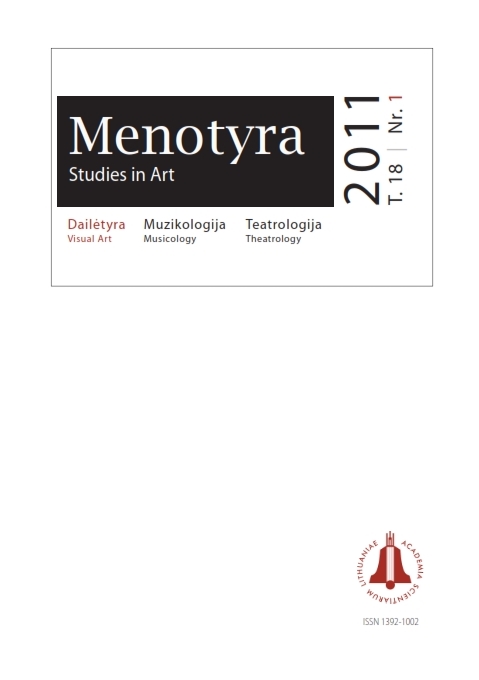Varnių varpų liejykla
The Varniai bell foundry
Author(s): Gintautas ŽalėnasSubject(s): Christian Theology and Religion, Visual Arts, 18th Century
Published by: Lietuvos mokslų akademijos leidykla
Keywords: Varniai bell foundry; bell founder; Varniai; the diocese of Samogitia; the Žalpiai church; Józef Racewicz; Patrycjusz Kaniewski; Jan Hartmann; Steponas Giedraitis (Stefan Giedroyć); Adomas Koscia
Summary/Abstract: The article describes the bell foundry that worked in Varniai from the end of the 18th century till the 1st half of the 19th century and the bells that were cast in it. The author presents the methods applied to identify the products of this foundry and discusses the elements of the bell décor that were used in it. Based on the published historical data and surviving bells, the article attempts to reconstruct the history of the foundry and the circumstances of its foundation, identifies the craftsmen that worked there and gives the initial assumptions about the owner of the foundry.It has been established that the Varniai bell foundry functioned for even 45 years (1786–1831)and the craftsmen Patrycjusz Kaniewski (1791–1815), Johann Hartmann (1815–1816) and Józef Racewicz (1825–1831) worked in it. Their surnames suggest that most likely they were not related by blood. The preliminary date of the establishment of the bell foundry is linked to the Varniai Cathedral fire of 1785, which destroyed its old bells. It is possible that on the initiative of the bishop or the chapter of Samogitia, after this adversity a craftsman was invited, who established the bell foundry. The Varniai bell foundry cast new bells for the Varniai cathedral as well as for a number of other churches; 49 bells are currently attributed to this foundry, and the authors of the vast majority of them had not been identified before. It is very likely that the first product of the newly established foundry was a bell that was cast in 1786 and is still hanging in the Varniai cathedral. Due to the lack of data, the question of the ownership of the foundry remains unanswered. The article does not discount the possibility that it belonged to the Varniai diocese and used to be rented out because the bells of the Varniai foundry spread exclusively in the territory of the then diocese of Samogitia. The early works of the foundry are excellently made with finely founded ornaments and texts. Later works (by craftsman Johann Hartmann) are of poorer technical quality. The activities and products of the Varniai bell foundry are important for the history of the economic and cultural life and art history of Lithuania and, in particular,of Samogitia.The article ends with the list of the bells that were cast in Varniai bell foundry.
Journal: Menotyra
- Issue Year: 18/2011
- Issue No: 1
- Page Range: 67-81
- Page Count: 15
- Language: Lithuanian

